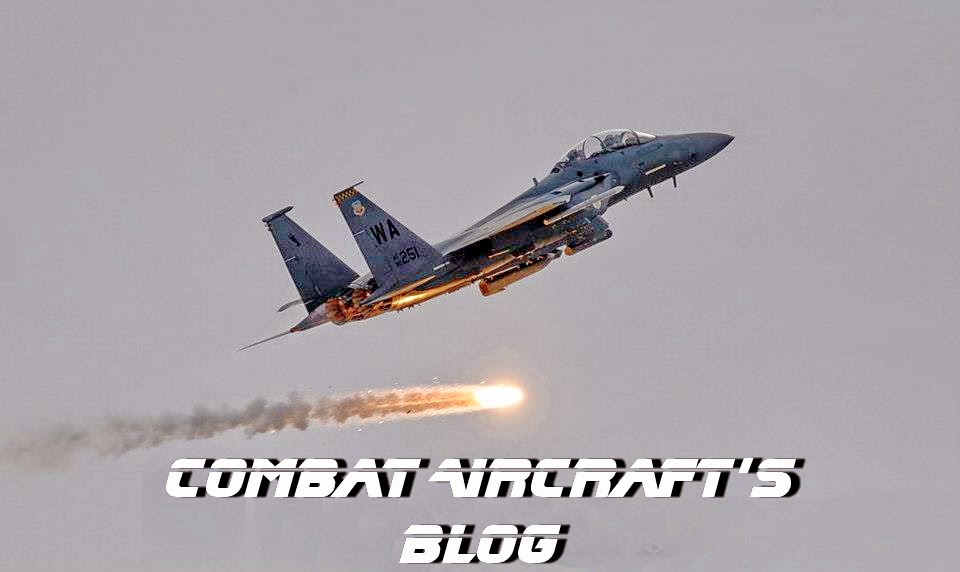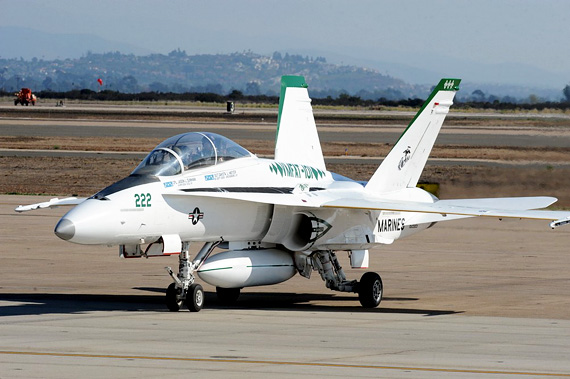2012 The Year in Review
This was my year of learning. I have been doing photography professionally for several years. I was doing wildlife and nature photography, and was very fortunate over time to have been published on a world-wide basis on several occasions. But even thou, I was an early adopter of digital photography, it is this very technology that is killing professional photography, because non-professionals want to see their photo (name) credit when they get their images published, and they don't care about getting paid for their work. So now publishers are not paying a whole lot for images. Hell, alot of the print media is going strictly digital, look at "Newsweek: magazine. Oh well the times are a changing.
With that said, I started working in the surf industry and it was great at first, and there was alot of opportunities to make some money, but again non-pros showed up, and started to kill that industry. I made the decision a few years ago to make a go at Motorsports and Aviation photography, since i love the speed and and I'm a former U.S. Marine. Having to find a way to make it work, I was told by several people with alot more knowledge than myself, suggested that I start writing a story along with my photography, thus my career as a freelance photojournalist has thus begun in 2012.
2012 was a huge learning curve. I started off by upsetting some folks, who apparently was reading my earlier blog. I wrote about an event that was I wasn't happy with, and learned what a mistake I had made. I paid a large price for upsetting these folks and to those people, if your reading this, I apologize for the hurt feelings.
Lots of good things did happen in 2012 also, I was picked up by the Military Press Newspaper (www.militarypress.com) as a Photojournalist and also by a Online Aviation Magazine called PhotoRecon (www.Photorecon.net). Thank you to both of these organizations for having faith in me.
In May, I was able to purchase a Nikon D3. This a one of the best pro digital cameras ever made, and adding it to my camera bag, has improved my photography greatly. I also was able to do my first Air2Air photo session. (see image above- story also on this site). This is something that all aviation photographers want, but few are able to get. Thank you to the Collings Foundation.
I covered many of the Southwest USA air shows in 2012,and the highlites were the Planes of Fame Air Show, The Miramar Airshow, and Aviation Nation. Aviation Nation was just amazing in the planes that were featured and the show that was put on.
Due to going to so many of the air shows, you begin to see many of the same photographers, and I have been fortunate enough to make friends with many of the local & military folks. At the bigger air shows, I made friends with several international photographers and love the ability to network with them.
Probably the most important events for me, was the covering of several news events, and actually working as a photojournalist. Those stories included the dedication of the Medal Of Honor F-18B, that the Marines will be using in the training of their fighter pilots, and then I was invited to cover the arrival of F-35B's being to the Marine Corps, and the Ceremony that took place in Yuma, AZ.
I am looking forward to 2013 already as I will be attending the U.S. Air Forces "Red Flag" events throughout the year, and will be covering alot more stories in the coming year. Thank you to you, the reader of this Blog and Viewers of my website (www.military-fotos.com), and Facebook page. (https://www.facebook.com/#!/pages/Military-Fotos/191868700884830)
Have great 2013 and stay safe folks..........












